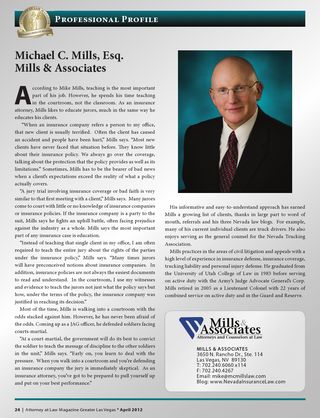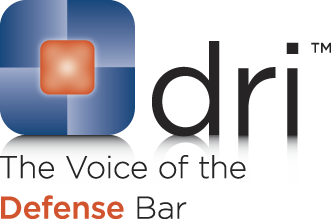The “firefighter’s rule” recognizes that as citizens go about their business, they do silly things that create risks. House fires are inadvertently started. Cars die on the freeway due to a failure to fill the tank. However, citizens also pay taxes to fund the police and fire departments to help out in situations like these. The “firefigher’s rule” suggests that it is unfair for citizens to pay taxes to fund the police and the firefighters and while at the same time to be at risk to pay damages to the public servants that are injured responding to those calls.
In the case of Steelman v. Lind, 97 Nev. 425, 634 P.2d 666 (1981) the Nevada Supreme Court followed the “firefighter’s rule” (called the “fireman’s rule” in days gone by) and prevented a seriously injured highway patrol trooper from recovering from truck driver Lind who had lost his load of beehives full of live bees on I-15. In that case, Lind pulled off to recover what he could of his buzzing cargo. Trooper Steelman stopped to help. He put out flares and parked his vehicle near Lind’s truck with his emergency lights on. Understandably, he got back inside his vehicle and stayed there. As Lind continued the clean up, another tractor-trailer crashed into the rear of Trooper’s patrol car and pushed it into Lind’s trailer, seriously injuring the trooper.
Trooper Steelman filed a negligence case against Lind and hoped that he could get that case to the jury, where I am sure he would have elicited great sympathy. However, in ending the case against Lind, the Nevada Supreme Court explained why it should follow the “fireman’s rule”:
A public safety officer in Steelman’s position cannot base a tort claim upon damage caused by the very risk that he is paid to encounter and with which he is trained to cope. Such officers, in accepting the salary and fringe benefits offered for the job, assume all normal risks inherent in the employment as a matter of law and thus may not recover from one who negligently creates such a risk. (citations omitted).
97 Nev. at 427-28.
The legislature then stepped in and passed N.R.S. 41.139 which narrowed the scope of the “firefighter’s rule”. In the case of Moody v. Manny’s Auto Repair, 110 Nev. 320, 871 P.2d 935 (1994) the Nevada Supreme Court explained the effect of the statute. The court said:
The firefighter’s rule, as set forth in Steelman v. Lind, 97 Nev. 425, 634 P.2d 666 (1981), and as modified by NRS 41.139, is still operative in Nevada, and its scope is limited to those instances when the negligent act which injures the public servant is the same act which required the public servant’s presence.
110 Nev. at 328.
Another post statute case is Wiley v. Redd, 110 Nev. 1310, 885 P.2d 592 (1994). In that case, a police officer was called to a home where the alarm company had reported a possible burglary. The police officer did not find any burglars but did find dogs that injured him. The Supreme Court allowed the case against the homeowner to go forward but the case against the alarm company could not.
The most recent case is Borgerson v. Scanlon, 117 Nev. 216, 19 P.3d 236 (2001). In that case, the Supreme Court enforced the “firefigher’s rule” where a police officer was injured arresting suspect at his home. Although the officer was called out to respond to the disturbance, he argued that the defendant, the mother of the suspect who had called him out, interfered with the arrest. The Supreme Court ultimately sustained the trial court’s grant of Summary Judgment.
Bottom line is that every fact pattern is going to be different and what had been a clear cut rule and a relatively guaranteed win on summary judgment now often becomes a question of fact for the jury.
 Follow
Follow Email
Email


